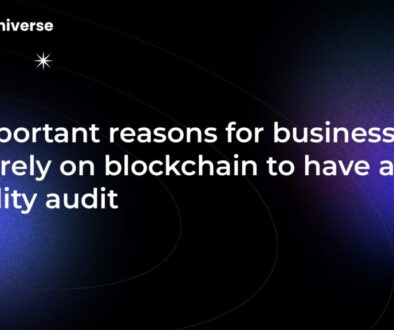Pi Network Is Adding Major DeFi Features – But Is It Enough To Reverse The Price Slump?

Pi Network’s Price Struggles Amidst a Booming Crypto Market
While Bitcoin shatters all-time highs and pulls many altcoins along for a thrilling ride, Pi Network’s native token, Pi Coin, seems to be marching to the beat of a different, more somber drum. Despite a flurry of exciting ecosystem developments, the token remains caught in a significant downtrend, raising a critical question for its community:
Currently trading around $0.26, Pi Coin has seen its value plummet by approximately 24% over the last month. This decline is particularly stark when contrasted with the broader market’s bullish momentum, suggesting that the selling pressure is rooted in factors unique to the Pi ecosystem rather than general market sentiment.
Understanding the Downward Pressure on Pi Coin
Two primary factors appear to be fueling the current bearish sentiment surrounding Pi Coin. Understanding these is crucial to grasping the full picture of its market dynamics.
1. Surging Exchange Reserves
One of the most telling indicators is the sharp increase in Pi tokens being held on centralized exchanges (CEXs). Recent data reveals that exchange reserves have swelled to over 445 million PI, a notable jump from 420 million just a month prior. In the crypto world, a significant flow of tokens to exchanges often signals an intent to sell, as holders move their assets to platforms where they can easily liquidate them. This influx creates a large pool of available supply, which can suppress the price.
2. Upcoming Token Unlocks
Adding to the supply-side pressure is the network’s scheduled token release. More than 110 million PI tokens are set to be unlocked in October. These unlocks, part of a predetermined vesting or release schedule, introduce a new wave of tokens into the circulating supply. When combined with the already high exchange reserves, this creates a challenging environment for any potential price recovery, as the market must absorb a substantial amount of new supply.
A Glimmer of Hope: Pi Network’s Ambitious DeFi Push
While the short-term price action looks bleak, the Pi Network development team is not standing still. They are actively building out the network’s infrastructure with a clear long-term vision focused on utility and decentralization. The team recently unveiled several game-changing features on its testnet, signaling a major push into the world of Decentralized Finance (DeFi).
Introducing a Native DEX and AMM
The most significant of these updates is the launch of a decentralized exchange (DEX) and an automated market maker (AMM) integrated directly within the Pi Wallet. Here’s what that means:
- Decentralized Exchange (DEX): This allows users to trade digital assets directly with each other (peer-to-peer) without needing a centralized intermediary like Binance or Coinbase. This enhances security and gives users full control over their funds.
- Automated Market Maker (AMM): This is the underlying technology that powers most DEXs. Instead of traditional order books, AMMs use liquidity pools—pools of tokens supplied by users—to facilitate trades automatically.
By launching these features on the testnet, Pi Network is allowing its users, known as “Pioneers,” to experiment with token swaps and providing liquidity in a risk-free environment. The ultimate goal is to build a self-sufficient ecosystem that reduces its reliance on centralized platforms, which have historically been points of failure and controversy in the crypto industry.
Unlocking Innovation with Token Creation Tools
Beyond the DEX, Pi has also introduced token creation capabilities on its testnet. This is a monumental step, as it allows developers to build their own tokens, applications, and marketplaces on top of the Pi blockchain. This model mirrors the success of Ethereum’s ERC-20 token standard, which sparked an explosion of innovation and laid the foundation for the entire DeFi and NFT ecosystems.
For Pi Network, this opens the door for a new era of utility. Developers can now create tokens for specific communities, projects, or services, all within the Pi ecosystem, potentially driving real demand for the network and its native coin.
The Verdict: Can Long-Term Vision Defeat Short-Term Pain?
Pi Network finds itself at a crossroads. On one hand, the immediate market forces—high exchange reserves and impending token unlocks—are undeniably bearish. On the other, the project is laying the groundwork for a robust, utility-driven ecosystem that could foster long-term, sustainable value.
Many long-time supporters believe this focus on infrastructure is the right path. They argue that lasting success in crypto comes from genuine utility and a strong developer community, not from speculative trading cycles. The introduction of a DEX, AMM, and token creation tools are fundamental building blocks for creating that utility.
Ultimately, whether these new DeFi features can reverse the price slump depends on adoption. The technology is promising, but its success will be measured by how many developers build on it and how many users engage with the new applications. For now, Pi Coin’s fate hangs in the balance between immediate selling pressure and the promise of a decentralized future.


